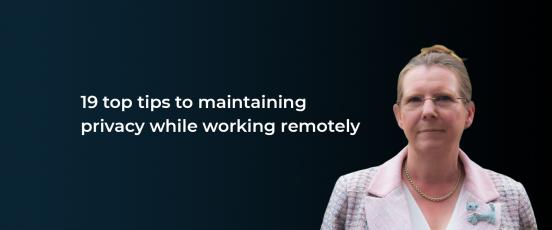Making hybrid working work

When does hybrid working simply become ‘working’?
It will take a while as businesses readjust to changes in business models, marketplaces and people demographics, but eventually hybrid working will become part of the normal fabric of working life. But there is some bad news. There is still a lot of things to do to normalise hybrid working.
I see and hear from many businesses that have embraced hybrid working only to find out that their policies, processes and communication methods have not been fully considered. To adopt hybrid working and make this a success requires significant business change. There are many areas to consider, and I have collated them under these five ‘Ps’:
People – The crucial people change is the behaviours and expectations of leaders. Without substantial intervention the change will not filter throughout the business. People are not fooled and will see leaders trying to cling on to how they worked before. Once the leadership team understands the changes they need to make around work responsibilities, communications, reward, motivation and supporting wellbeing, it is easier to engage people in a programme of change to embed hybrid working.
Place – Is the hybrid environment capable of supporting change to the new way of working? This isn’t only about the person’s non-office environment but also about the office space itself. Creating more collaborative spaces that help teams get together when they are in the office or support meetings which are split between different locations helps the outcomes of hybrid working for everyone.
Policies – Hybrid work requires new policies to cover how work will be done in the future, it also presents an opportunity to review all current business policies. Trying to run a business on outdated policies before hybrid work arrived was not advisable and it is even more important that business policies reflect the current business environment.
Processes – Existing processes may need to consider new technology to support better communication or shared working spaces. For some businesses, this will be a new world and processes will need to evolve and be captured during the initial stages of hybrid work.
Performance – Outcomes of projects and how performance is measured needs to be reconsidered to align with a greater shared responsibility. Fewer projects will have a single lead and this may be split between several people as they learn to deal with the varying location of work and who is available to lead a piece of work.
Competing in a tight recruitment market needs businesses to consider every way of gaining an advantage when attracting talent. Hybrid working is now an expectation for many people and with recent graduates only ever knowing working fully remotely or returning to a hybrid environment, businesses need to sell their flexibility to prospective candidates. This approach will immediately widen a talent pool and help businesses reach people with skills that can grow their business faster rather than relying on a small local talent pool. At the same time, there needs to be a focus on retention of this talent pool as they can also be tempted away for the same reasons as a business managed to attract them.
‘Working’ needs to focus on delivering a high-quality experience that secures the best of people while retaining the best talent. This requires change and role modelling through leadership as every part of business outcomes are shaped by the changing workforce.
Where is your starting point with moving to a true hybrid work ecosystem? If you’ve already started the move to hybrid working, I recommend you review your processes – which often seems to be the last area that HR teams look at in the rush to deliver hybrid work.


